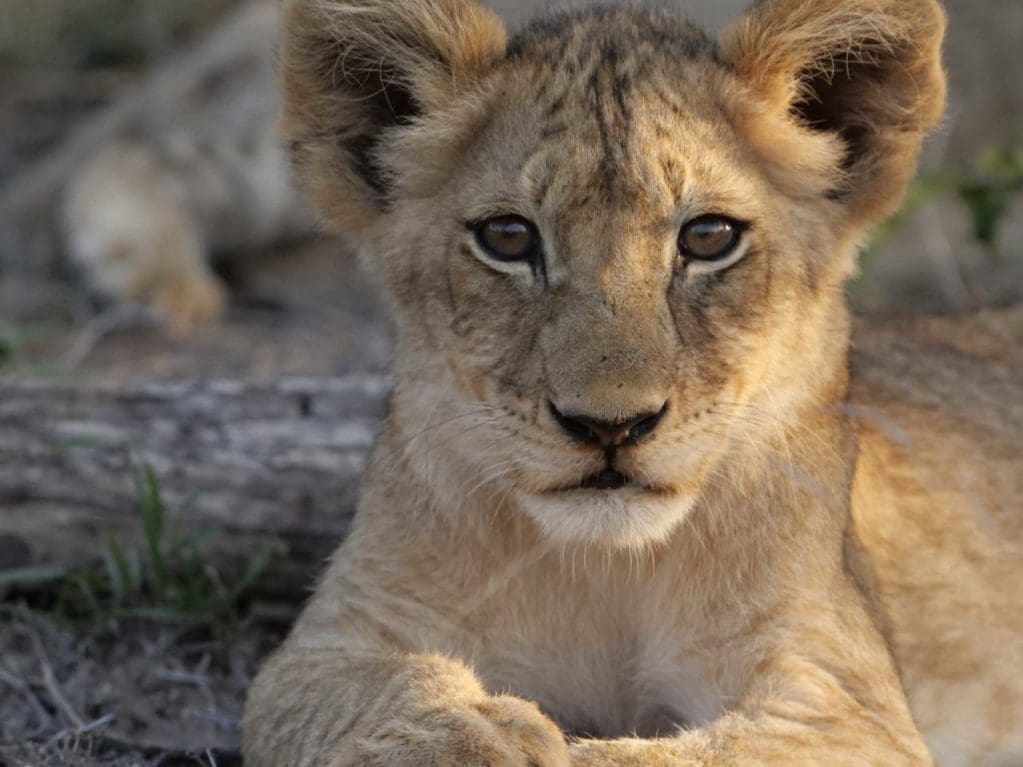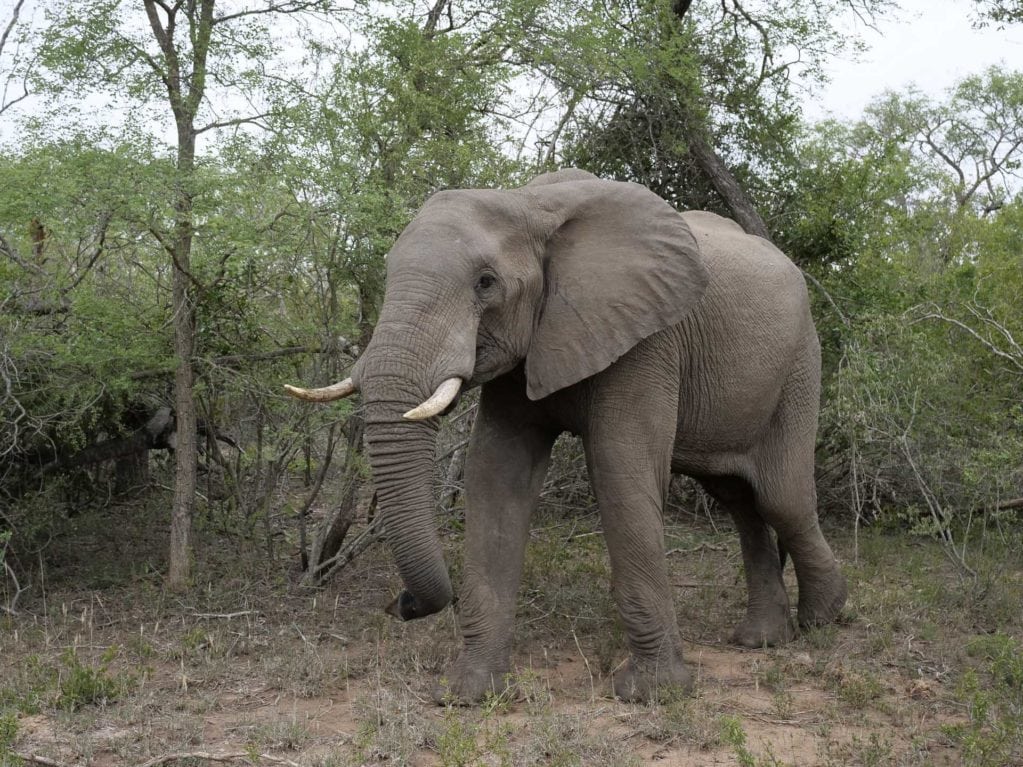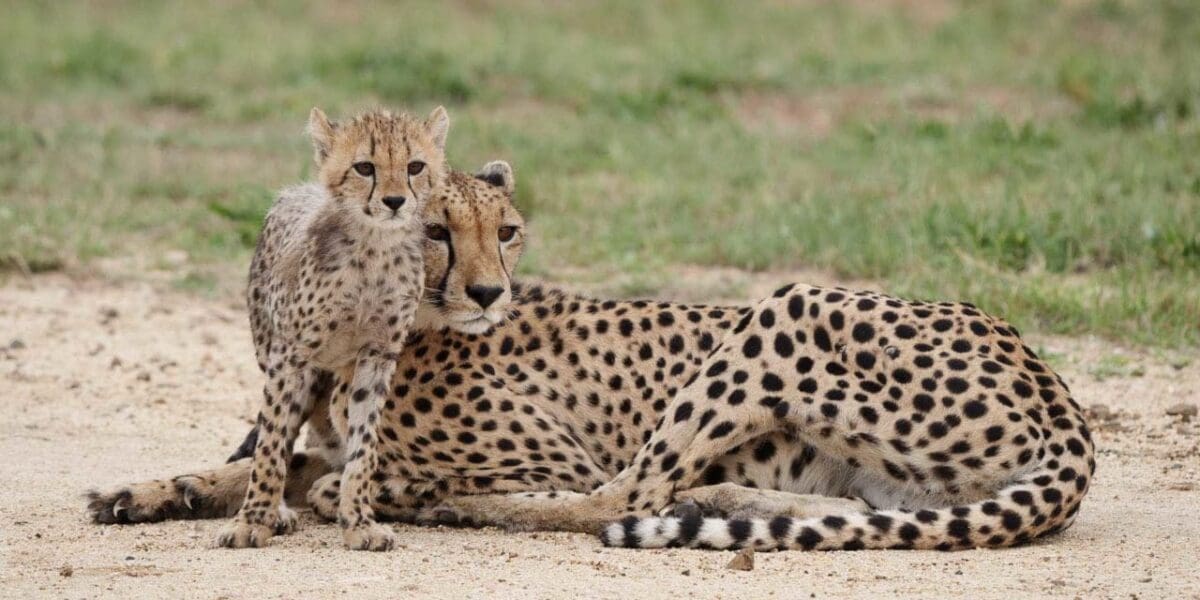When Panasonic first showed us the Lumix G9 we were told that it is designed to appeal to enthusiast wildlife photographers. Shortly after its announcement, to prove that it’s capable of doing what these users want, I was taken with a small group of other journalists to South Africa to put it through its paces. Here are my findings so far…
Autofocus
Although the vast majority of the images I shot were taken using AFC (Autofocus Continuous) mode, the animals I encountered didn’t really present a huge challenge with regards to focusing speed so I tested this separately at a rugby match (see the link below).
However, the G9 proved capable of keeping up with most animal’s movement when AF Custom Setting (Photo) Set 1 was in use.
The bigger challenge for the focusing system was picking out the animals from their environment. Although we encountered some blazing sun, most of the animals sought the shade and many were partially obscured behind foliage. It’s amazing how well they can blend into their surroundings and there always seemed to be a leaf, twig or blade of grass between the camera and the subject.
With the AF point set to its smallest size, however, in most instances, the camera did a great job of getting the subject sharp. It was only when a rhino insisted on disappearing behind a network of twigs that I had to switch to manual focus. When I did so, I found the focus peaking display extremely effective and it was easy to get the animal in-focus quickly.
The AF Tracking mode, which is designed to follow the subject around the frame and keep it sharp as subject distance changes, is the best incarnation I’ve encountered in a Panasonic Lumix camera. It proved useful with some creatures, but on the whole, I found 1-Area AF mode the best choice.
I also found the AF system sensitive and I was able to focus on animals illuminated just by torchlight.
Lens choice
I was able to shoot with a variety of lenses including the Panasonic Leica DG Vario-Elmar 100-400mm f4-6.3 Power OIS and Panasonic Leica Elmarit DG 200mm F2.8 Power OIS (with and without the included 1.4x teleconverter and the optional 2x teleconverter).
The 100-400mm lens is the more convenient of the two lenses, but the maximum aperture is quite narrow and the zoom ring doesn’t have the silkiest action. Nevertheless, it proved very capable and delivers sharp results.
The 200mm lens is every bit as nice to use as it looks and feels. It’s a high-quality piece of kit and it enables the G9 to get subjects sharp in a flash. I soon became adept at swapping the teleconverters in and out to get the framing I wanted.
Thanks to the Four Thirds sensor’s focal length magnification, the 200mm produces images compared with a 400mm optic on a full-frame camera. Add in the 1.4x teleconverter and this jumps to 560mm and with the 2x converter it’s equivalent to an 800mm optic.
There were also quite a few occasions when the animals came very close (or are very large!), or I wanted to capture more of the environment and I swapped to the Leica DG 12-60mm f/2.8-4.0 that comes in the G9 kit. Again this proved capable of delivering sharp, detail-rich images.
Details
I’m still analysing the images that I’ve shot with the G9, but the 20.3Mp Four Thirds type sensor is clearly capable of capturing a lot of detail and rendering it naturally. The fur of the big cats and the coarse skin of the elephants all look great.
Can you photograph wildlife with the Panasonic Lumix G9?
The short answer to this question is yes. The combination of the sensitive, fast AF system, 20fps continuous shooting and the high-quality Leica Elmarit DG 200mm F2.8 Power OIS lens (and teleconverters) make the G9 a viable option for enthusiast wildlife photographers.
Add in the fact that it’s weatherproof and therefore able to survive a rain shower (it experienced a coupe in my hands) and smaller and lighter than the average fast-shooting DSLR and it becomes a very attractive proposition.


Follow this link to browse and download full-resolution images
[FAG id=54209]



